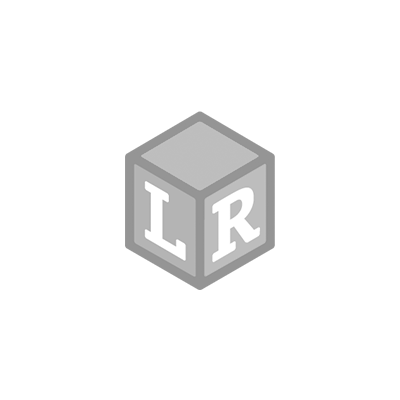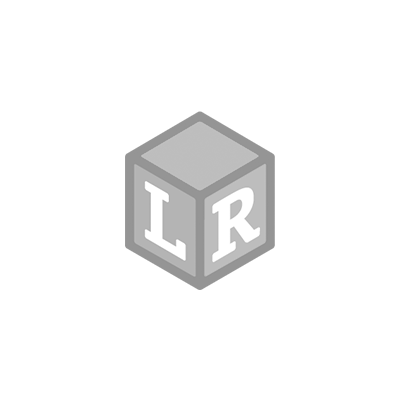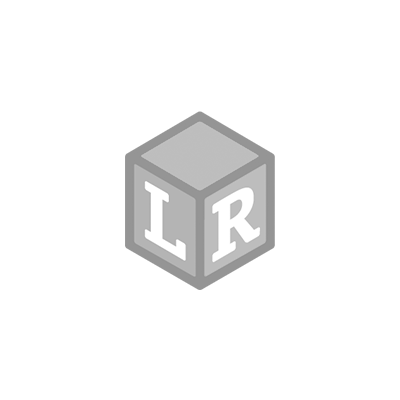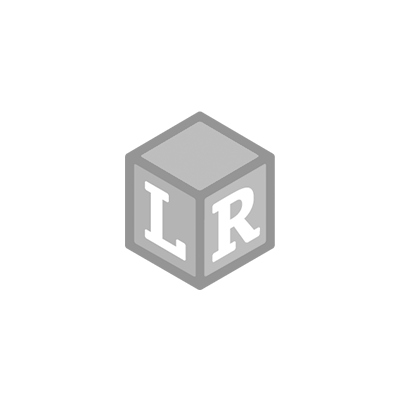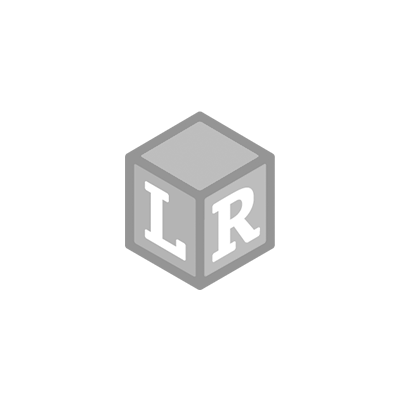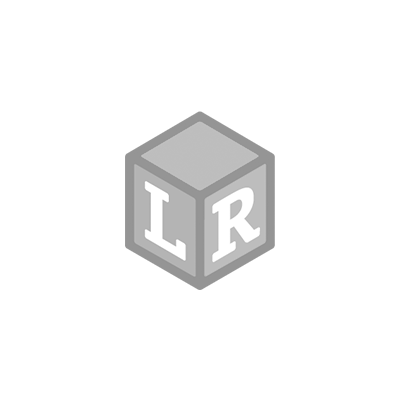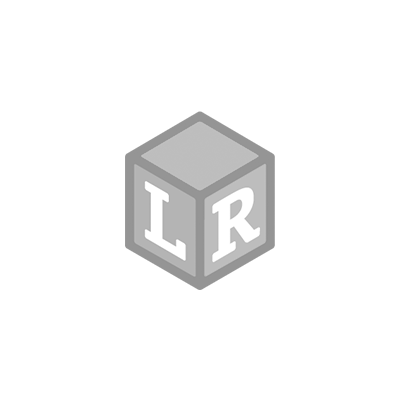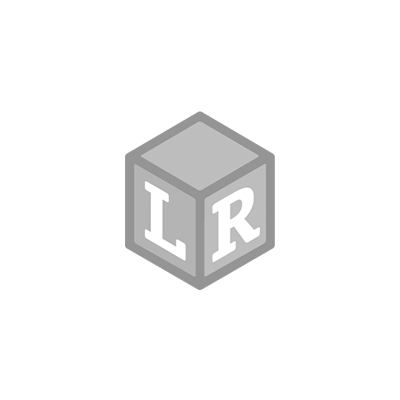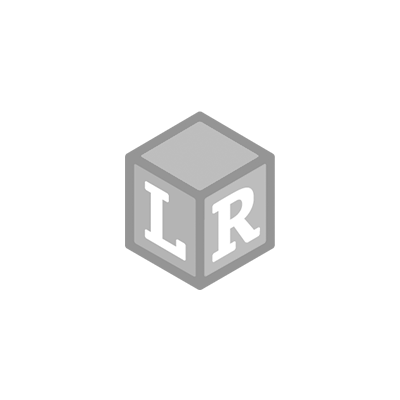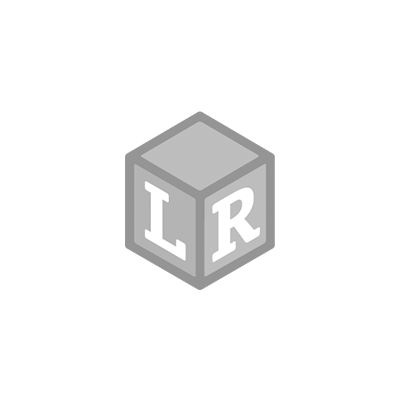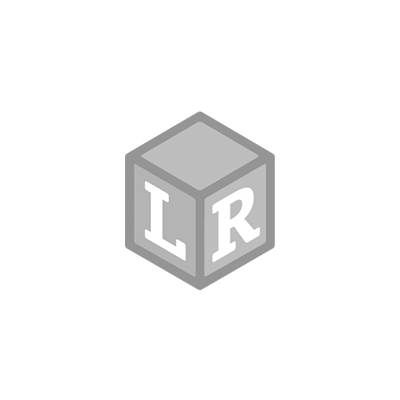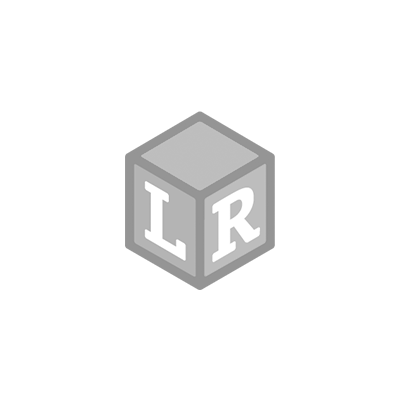Scavenger Hunt Sorting Game
- Patria Lincoln Posted On May 26, 2020 | Printables
Image via @twolittlebaos on Instagram.
Learning at home has gone on for quite some time, and it feels like everyone is looking for ways to add some creativity to their day-to-day! This fun activity is an easy way to change up a normal scavenger hunt or make it a little more challenging for older kids. The best part? You can put it together using items you already have on hand!
What you need:
- Tongs (we recommend our Learning Resources Tri-Grip Tongs, but any will work!)
- Buckets or bowls
- Various items from around the house like socks, plastic jewelry, flash cards, etc. To make the hunt have a theme, we love using any of the Learning Resources counter items like Bears, Ocean Counters, Jumbo Farm Animals, Family Counters or the Veggie Farm Sorting Set.
How to Play:
- Take the bowls or buckets and label them according to toy assortment, this is where your child will end up putting the items (one bucket for purple items, one for red, one for orange, one for squares or whatever you choose your assortment type to be).
- Hide the assortment of items around your house and/or yard. This activity is perfect for a rainy day inside or as a way to get kids up and moving outside.
- Give your child the tongs and encourage them to go out to find the assortment of items.
- Have your child grab on item at a time, but they must use the tongs to grab the items. This is intended to help them practice fine motor skills.
- While transporting the item to the bowl or bucket, children cannot drop the items, otherwise they get a penalty. If the item is dropped, you child must do one math equation. This can be simple addition, subtraction, multiplication or division.
- Children must place the items in the correct bucket, or else the same penalty is given.
- Once all items are found and accounted for, the game is over! Perhaps you can celebrate with a summer treat like a popsicle.

Image via @ashleydeluccia on Instagram.
This is a great way to challenge kids beyond a typical scavenger hunt and helps get their mind and muscles moving. If the game is successful, you can always keep this one on hand and change up the assortment categories or items in each. We hope this provides a little inspiration and fun for exploring at home!
 Shop UK Site
Shop UK Site 
